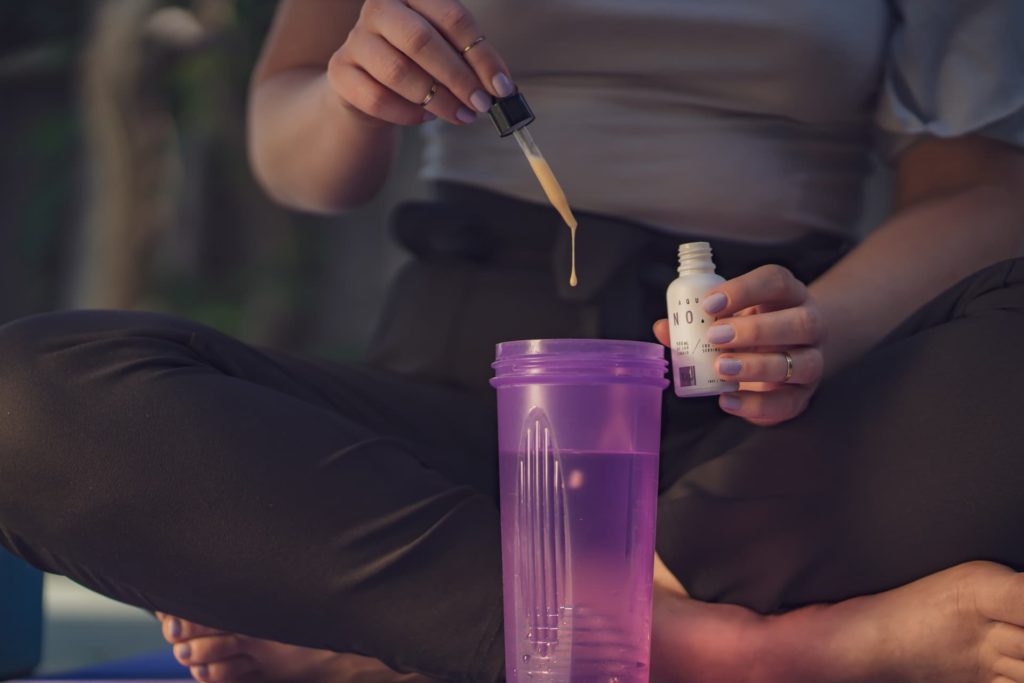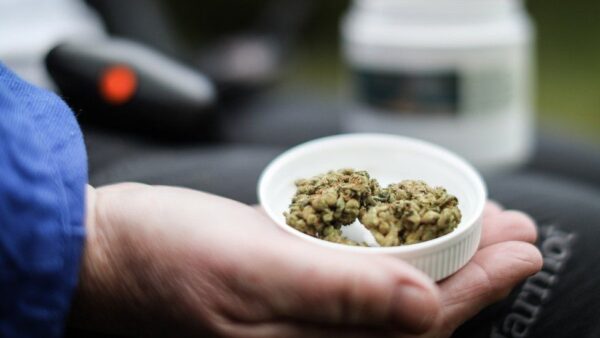National CBD Day is observed on August 8th and aims to raise awareness about cannabidiol (CBD) and its many uses. It’s also a valuable opportunity to explore the key differences between high-street CBD products and medical cannabis — helping people make more informed choices about their treatment options.
Dr. Simon Erridge, Research Director at Curaleaf Clinic, explains:
“It’s a complex area of health and so naturally there is confusion amongst consumers about the differences between high street CBD products and prescription-grade medical cannabis. National CBD Day is a fantastic way to clarify any misunderstanding and help guide people in the right direction of the most suitable therapy for them.”
What You Need to Know About CBD vs. Medical Cannabis
Although both wellness CBD products and medical cannabis derive their CBD from the cannabis plant, they differ significantly in terms of regulation, prescription, and usage.
Medical cannabis refers to prescription-only treatments containing cannabinoids like CBD, THC (tetrahydrocannabinol), or a combination of both. These treatments are prescribed by a specialist doctor for specific health conditions and are produced to pharmaceutical-grade standards. This ensures accurate dosing, consistent cannabinoid content, and strict safety controls.
Medical cannabis became legal in 2018 and can be prescribed for some patients with unmanaged chronic conditions.
In contrast, CBD wellness products are legal and widely available without a prescription. These might include:
- CBD oils (taken under the tongue)
- Gummies, capsules, and softgels
- CBD-infused drinks
- Topical products like creams, balms, and serums
These over-the-counter products must contain negligible quantities of THC and are classed as food-grade, meaning they are not regulated as medicines. This can result in inconsistent CBD content and less reliable effects.
A study by the Centre for Medicinal Cannabis found that only 11 out of 29 high-street CBD products had CBD levels within 10% of what was stated on the label — and 16 contained traces of controlled substances like THC. While recent novel food regulations have raised standards, wellness CBD products still don’t meet the rigorous manufacturing and safety requirements of medical cannabis.
What is CBD?
CBD (short for cannabidiol) is a natural compound found in the cannabis plant. It is known as a cannabinoid as it interacts with natural cannabinoid receptors found in the human body.
What are Cannabinoids?
Cannabinoids are natural compounds that interact with the body’s endocannabinoid system (ECS) — a complex network of receptors, enzymes, and transmitters that helps regulate functions like mood, pain, memory, and immune response.
The two main cannabinoid receptors are:
- CB1, mostly found in the brain and spinal cord, which plays a role in mood, memory, movement, and coordination.
- CB2, found in immune cells, which helps regulate inflammation and immune function.
Cannabinoids can be made by the body (endocannabinoids) or come from plants like cannabis (phytocannabinoids, such as CBD and THC). They don’t just affect the ECS — they also interact with other receptors linked to pain, anxiety, inflammation, and movement.
Ongoing research continues to expand our understanding of cannabinoids and their potential role in managing certain conditions.
Read our summary of a recent study, which looked at the importance of cannabinoid receptors in regulating pain outcomes in animals.
THC vs CBD: What’s the Difference?
The cannabis plant contains over 144 different cannabinoids, but the two most well-known are CBD and THC. Although they are both cannabinoids, THC and CBD have different effects on the body.
CBD doesn’t directly bind to cannabinoid receptors in a traditional way. Instead, it has conflicting actions on the CB1 receptor. It modulates the CB1 receptor, making it more difficult to activate. However, it also increases the quantities of the natural endocannabinoid anadamide. It affects other systems — like dopamine and serotonin — and is being studied for its potential use for patients with anxiety, epilepsy, and insomnia.
THC, on the other hand, can bind directly to CB1 and CB2 receptors, especially in the brain. It may be prescribed for some eligible patients with pain, nausea, and reduced appetite.
While both THC and CBD may be used in medical cannabis, high-street CBD products cannot legally contain significant levels of THC. Only medical cannabis products can offer carefully balanced formulations of the two, tailored to individual clinical needs.
What are Cannabis-Based Medical Products (CBMPs)?
Medical cannabis refers to products made from the cannabis plant that are used for medical purposes. In clinical and legal settings, these are known as cannabis-based medical products (CBMPs).
In the UK, CBMPs were rescheduled in November 2018, making it legal for specialist doctors to prescribe them under certain conditions. To be prescribed, CBMPs must meet pharmaceutical-grade standards and must be produced according to Good Manufacturing Practice (GMP) to ensure consistency and safety.
CBMPs are available in several forms to suit different clinical needs, including whole cannabis flower (prescribed for vaporisation), oils, vape cartridges, and pastilles.
How Can I Access Medical Cannabis in the UK?
In the UK, medical cannabis can be prescribed for people with diagnosed conditions where conventional treatments haven’t been effective.
While any doctor on the General Medical Council (GMC) specialist register can start an individual on medical cannabis, most patients will need to go to a private clinic, such as Curaleaf Clinic, to access this medicine.
To register with Curaleaf Clinic and check your eligibility for a consultation, complete our online eligibility form. We’ll ask you a few questions about you and your condition and ask to see your medical records. We’re here to help you understand if medical cannabis is right for you.
References:
- Liebling, Jonathan Paul et al. “An Analysis of Over-the-Counter Cannabidiol Products in the United Kingdom.” Cannabis and cannabinoid research vol. 7,2 (2022): 207-213. doi:10.1089/can.2019.0078








